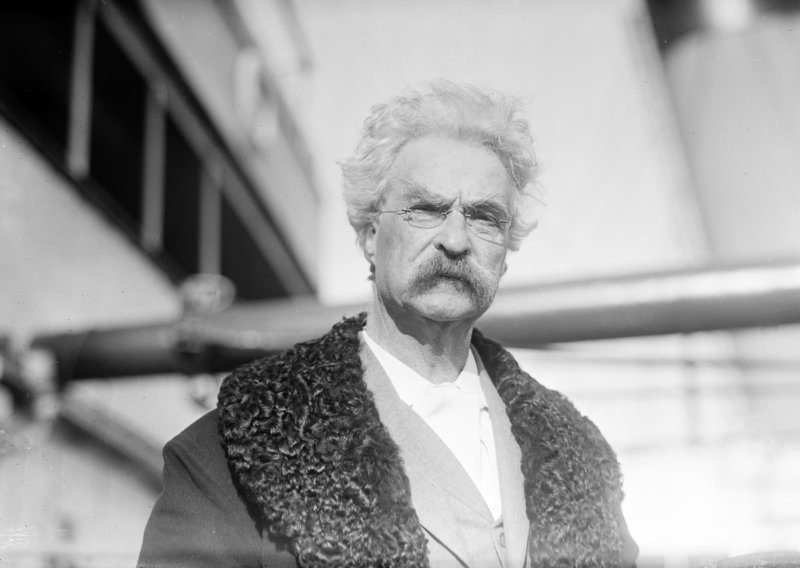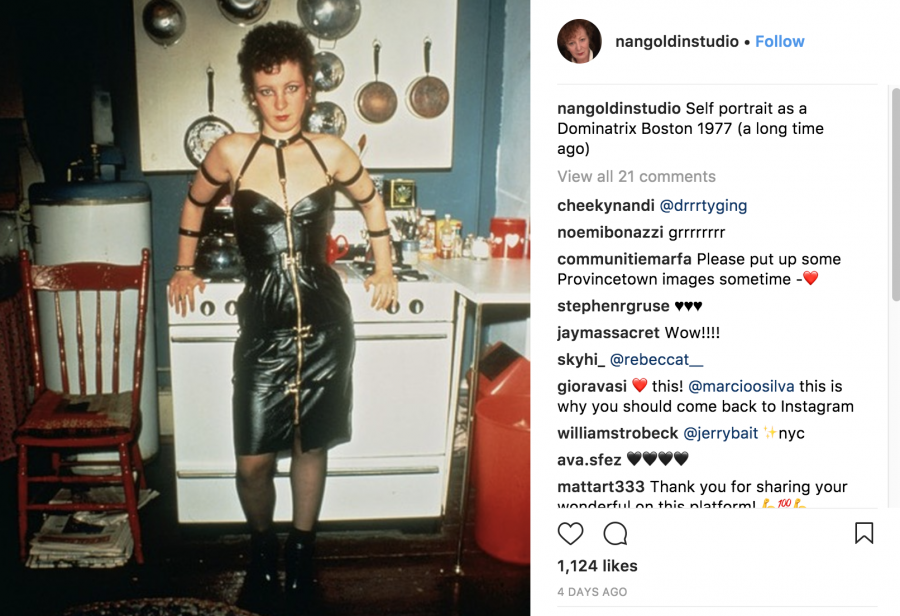“In the future, everyone will be world-famous for 15 minutes,” said Andy Warhol. Actually, no, he didn’t. But Warhol suggested to photographer Nat Finkelstein that everyone wanted to be famous, to which Finkelstein added, “yeah, for 15 minutes.” It’s a slightly different meaning. (The idea first appeared in its well-known form in a 1968 program for a Warhol exhibition in Sweden.)
Is it true that everyone wants to be famous? It’s certainly true that Andy Warhol wanted to, and for much longer than 15 minutes. Like the hardest-working YouTube celebrity today, he didn’t wait to be discovered but set about making it happen himself.
But while he achieved pop art stardom in the 60s, Warhol truly longed to be on TV, a dream that took a little longer to materialize. His first program, a New York public-access interview show, debuted in 1979, then a second version in 1980 (see Richard Berlin interview Frank Zappa on Andy Warhol’s T.V. in 1983). Over a period of four years, he brought on a host of major celebrities, but attracted a necessarily limited audience.
In ’81, Warhol finally got a mainstream TV break when he “made his way to NBC,” notes Alexxa Gotthardt, “with a series of spots for Saturday Night Live…. Warhol’s foray into television allowed him to become even more of a celebrity himself.” His persistent efforts paid dividends when he joined the nascent 1985 MTV lineup with one of its first non-music-video shows, Andy Warhol’s Fifteen Minutes.
As you can see in the promo at the top of the post, the show promised a “ride downtown” and a “ride to the wild side.” It did not disappoint. A sort of postmodern variety show, the program “put everybody together,” explains Andy Warhol Museum curator Geralyn Huxley, “The high and the low. The rich and the famous. The struggling artists and the rising stars.” Just above, you can see Ian McKellen recite Shakespeare while garage rockers the Fleshtones play some psychedelic grooves behind him.
Above, see Debbie Harry interview Courtney Love, “a flamboyant rising star,” just come from the success of Sid and Nancy. Further down, the Ramones bitch about the state of rock and roll in 1987, then play “Bonzo Goes to Bitburg,” a scathing response to Ronald Reagan’s disturbing visit to Germany on the 40th anniversary of V‑E Day. (The song contains the line, “You’re a politician don’t become one of Hitler’s children.”) These are but a tiny sampling of the many hundreds of artists who traipsed through the soundstage of Warhol’s show: dozens of people appeared in a single episode—as many as 30 guests in some of the later shows.
Running for two years, until his death in 1987, Andy Warhol’s Fifteen Minutes introduced millions of people to the artist in just the way he’d always wanted. “More and more kids were watching MTV,” says his producer Vincent Fremont. “I don’t know if they knew that Andy was a famous artist, but to them he was certainly a television personality.” And on TV, Warhol wrote in 1975, a person “has all the space anyone could ever want, right there in the television box.” If you’re Andy Warhol, you also have all the celebrity guests anyone could ever want.
See a complete list of the five episodes that aired between 1985 and 1987—full of stars, rising stars, and scores of fascinating unknowns—at Warholstars.org.
via Artsy
Related Content:
Andy Warhol Hosts Frank Zappa on His Cable TV Show, and Later Recalls, “I Hated Him More Than Ever” After the Show
Andy Warhol’s Brief Moment of Professional Wrestling Fame (1985)
The Case for Andy Warhol in Three Minutes
The Big Ideas Behind Andy Warhol’s Art, and How They Can Help Us Build a Better World
Josh Jones is a writer and musician based in Durham, NC. Follow him at @jdmagness



